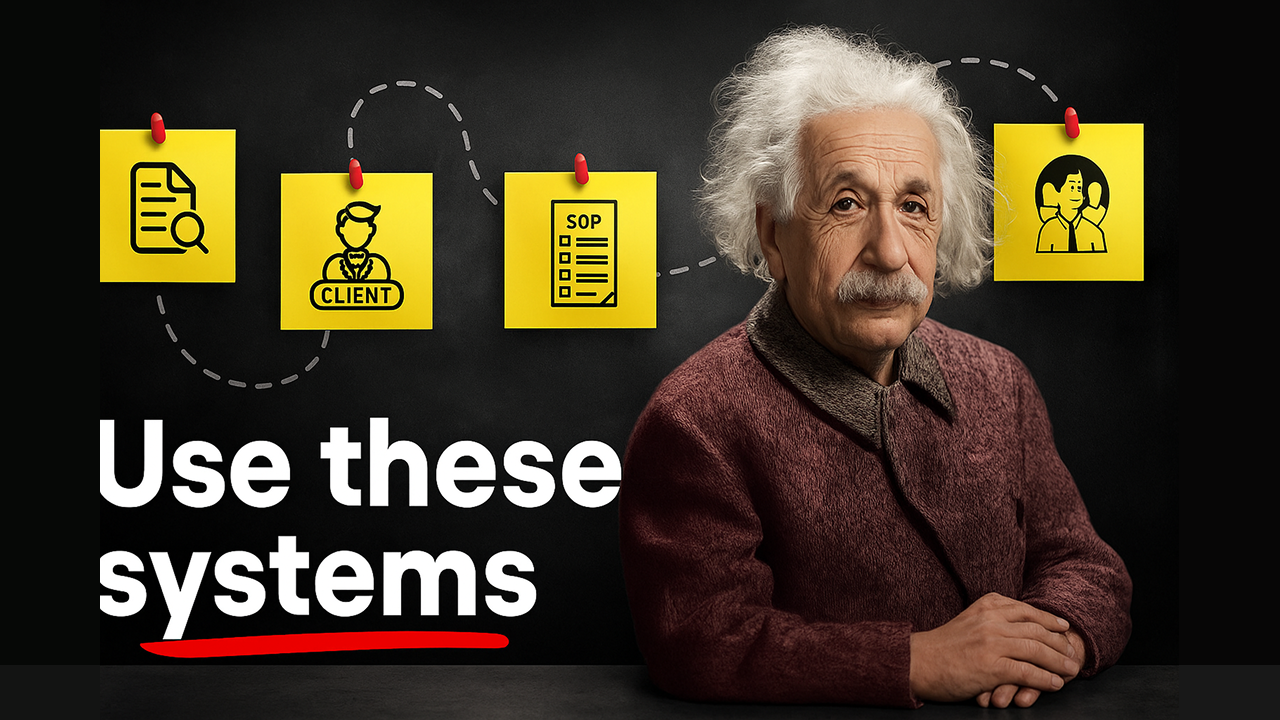Intent-Driven Content Funnels: The Death of Traditional B2B Marketing
The traditional B2B marketing funnel is broken. Top-of-funnel, middle-of-funnel, bottom-of-funnel—these linear concepts no longer reflect how modern B2B buyers actually behave. At PulseFrame Studios, we've pioneered a revolutionary approach: intent-driven content funnels that create looping engagement patterns, resulting in 3x more qualified leads for our Series A-C SaaS clients.
Why Linear Funnels Fail in 2025
The Old Way: Linear ToFu-MoFu-BoFu
Assumes buyers follow a predictable path
Content mapped to arbitrary "stages"
Ignores real buyer intent signals
Results in content that misses the mark
The New Way: Looping Intent Clusters
Maps content to actual jobs-to-be-done
Creates multiple entry and re-entry points
Responds to real-time intent signals
Builds continuous engagement loops
The PulseFrame Studios Intent Framework
1. Job-to-be-Done Mapping
Instead of funnel stages, we map content to specific jobs buyers are trying to accomplish:
Strategic Jobs:
"Prove ROI to the board"
"Reduce customer acquisition cost"
"Scale content without hiring"
Tactical Jobs:
"Find AI content tools"
"Build content workflows"
"Measure content performance"
Emotional Jobs:
"Feel confident about GTM strategy"
"Reduce marketing stress"
"Gain competitive advantage"
2. Intent Signal Detection
We track multiple intent signals across channels:
High-Intent Signals:
Pricing page visits
Case study downloads
Calculator tool usage
Competitor comparison searches
Medium-Intent Signals:
Blog post engagement
LinkedIn content saves
Email click-through rates
Webinar attendance
Low-Intent Signals:
Social media follows
Newsletter subscriptions
General content consumption
Brand awareness searches
3. Micro-CTA Strategy
Each piece of content includes multiple micro-CTAs mapped to different intent levels:
For High-Intent Visitors:
"Book a strategy call"
"Get custom ROI calculation"
"Download implementation guide"
For Medium-Intent Visitors:
"Join our GTM masterclass"
"Get the content audit checklist"
"Subscribe to weekly insights"
For Low-Intent Visitors:
"Follow us on LinkedIn"
"Download the trend report"
"Join our community"
Content Cluster Architecture
The Hub-and-Spoke Model
Each intent cluster has:
Hub Content: Comprehensive resource addressing the core job-to-be-done
Spoke Content: Supporting pieces that address related questions and objections
Example: "Reduce CAC" Intent Cluster
Hub: "The Complete Guide to AI-Powered CAC Reduction"
Spokes:
"5 Hidden Costs Inflating Your CAC"
"AI Tools That Cut CAC by 60%"
"Case Study: How [Client] Reduced CAC from $2,400 to $890"
"CAC Reduction Calculator"
"Common CAC Reduction Mistakes"
Measuring Content-Assisted Pipeline
Traditional attribution models miss the complexity of modern buyer journeys. We measure:
Primary Metrics:
Content-Assisted SQLs: Leads that engaged with content before converting
Multi-Touch Revenue: Revenue influenced by multiple content touchpoints
Intent Progression: Movement between intent clusters
Engagement Depth: Time spent across content ecosystem
Secondary Metrics:
Content Velocity: Speed of movement through intent clusters
Cross-Cluster Engagement: Visitors consuming content across multiple clusters
Return Engagement: Repeat visitors and their progression patterns
The Quick Win Audit
Transform your existing content with this 30-day process:
Week 1: Content Audit
List all content from the last 6 months
Identify the job-to-be-done for each piece
Map current content to intent clusters
Identify gaps and overlaps
Week 2: Intent Mapping
Survey recent customers about their buyer journey
Analyze high-performing content for intent signals
Create intent cluster definitions
Map existing content to new clusters
Week 3: Optimization
Add micro-CTAs to existing content
Create connecting content for gaps
Optimize for intent-based keywords
Set up tracking for new metrics
Week 4: Launch & Measure
Relaunch top 5 performing pieces with new approach
Monitor intent progression metrics
A/B test different micro-CTA strategies
Document learnings for scaling
Real Results from PulseFrame Studios Clients
Case Study: Series B SaaS Company
Before Intent-Driven Approach:
12% content-to-SQL conversion rate
45-day average sales cycle
$2,100 average CAC
After 90-Day Implementation:
31% content-to-SQL conversion rate
28-day average sales cycle
$890 average CAC
Key Success Factors:
Mapped content to 8 core intent clusters
Implemented progressive micro-CTA strategy
Created looping engagement sequences
Optimized for intent-based search terms
Advanced Intent Strategies
1. Dynamic Content Personalization
Use AI to serve different content versions based on:
Company size and funding stage
Industry and use case
Previous content engagement
Intent signal strength
2. Intent-Based Email Sequences
Create email nurture sequences that adapt based on:
Content consumption patterns
Intent cluster engagement
Behavioral triggers
Time-based progression
3. Cross-Channel Intent Orchestration
Coordinate intent-driven content across:
Website and landing pages
Email marketing campaigns
Social media content
Sales enablement materials
The Future of Intent-Driven Marketing
As AI and machine learning capabilities advance, intent-driven marketing will become even more sophisticated:
Predictive Intent Modeling: AI will predict intent before explicit signals appear
Real-Time Content Adaptation: Content will dynamically adjust based on live intent data
Cross-Platform Intent Tracking: Unified intent profiles across all touchpoints
Automated Content Creation: AI will generate content optimized for specific intent clusters
Getting Started with Intent-Driven Funnels
Ready to transform your B2B marketing approach? Here's how PulseFrame Studios can help:
Intent Audit: We analyze your current content and buyer journey
Cluster Mapping: We create your custom intent cluster architecture
Content Strategy: We develop your 90-day intent-driven content plan
Implementation: We build and optimize your new content ecosystem
Measurement: We track and optimize your content-assisted pipeline
The linear funnel is dead. Intent-driven content clusters are the future.
[Book a call with PulseFrame Studios](/book-call) to discover how our AI-first, intent-driven approach can revolutionize your B2B marketing results.
Ready to Implement These Strategies?
Join Series A-C SaaS companies getting 3x more leads with 62% lower CAC through our proven AI-first approach.
